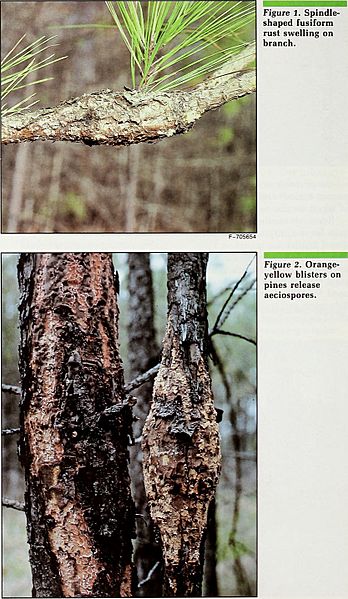Image: Insect and disease conditions in the United States, 1979-83 - what else is growing in our forests? (1985) (19950795404)

Description: Title: Insect and disease conditions in the United States, 1979-83 : what else is growing in our forests? Identifier: CAT87881361 (find matches) Year: 1985 (1980s) Authors: Loomis, Robert C; Tucker, Susan; Hofacker, Thomas H; United States. State and Private Forestry; United States. Forest Pest Management Subjects: Forest insects United States; Trees Diseases and pests United States; Plants Disease and pest resistance Publisher: (Washington, D. C. ) : The Service Contributing Library: U.S. Department of Agriculture, National Agricultural Library Digitizing Sponsor: U.S. Department of Agriculture, National Agricultural Library View Book Page: Book Viewer About This Book: Catalog Entry View All Images: All Images From Book Click here to view book online to see this illustration in context in a browseable online version of this book. Text Appearing Before Image: Fusiform Rust Site-Specific Options Promise To Slow Epidemic Written by Robert L. Anderson his disease flourishes across JL the Southeast, killing or deforming millions of slash and loblolly pines each year. Annual losses may exceed $110 million (Powers and others 1975). Fusiform rust is caused by a fungus native to North America. The fungus infects loblolly and slash pines, the most susceptible southern pine species. Longleaf pine and pond pine are some- times infected, but not to the same degree as loblolly or slash pines. In contrast, spruce, sand, Virginia, and shortleaf pines are highly resistant to infection. Infections on pines start as slight swellings, which enlarge to form spindle-shaped swellings on the branches or main stem (fig. 1). The swellings on larger main stems may become cankers, areas of diseased tissue that encircle the stem. In the spring, orange-yellow blisters form on the swellings (fig. 2). These blisters release aeciospores, the spore stage of the fungus that infects the leaves of the alternate host, oak. About 10 days later, orange-colored uredia develop on the underside of the oak leaf (fig. 3). Later, brown, hairlike telia form on the leaf. The telia produce basidiospores, the spore stage that reinfects pine. Oak, the alternate host, is not severely damaged. Historical Perspective Before 1930, fusiform rust was a botanical curiosity rather than an agent causing economic losses. At that time, slash and loblolly pines grew naturally, and wild- fires kept the alternate host, oak, at relatively low levels. Text Appearing After Image: F-701524 Note About Images Please note that these images are extracted from scanned page images that may have been digitally enhanced for readability - coloration and appearance of these illustrations may not perfectly resemble the original work.
Title: Insect and disease conditions in the United States, 1979-83 - what else is growing in our forests? (1985) (19950795404)
Credit: https://www.flickr.com/photos/internetarchivebookimages/19950795404/ Source book page: https://archive.org/stream/CAT87881361/#page/n61/mode/1up
Author: Loomis, Robert C; Tucker, Susan; Hofacker, Thomas H; United States. State and Private Forestry; United States. Forest Pest Management
Permission: At the time of upload, the image license was automatically confirmed using the Flickr API. For more information see Flickr API detail.
Usage Terms: No known copyright restrictions
License: No restrictions
License Link: https://www.flickr.com/commons/usage/
Attribution Required?: No
Image usage
The following page links to this image:

